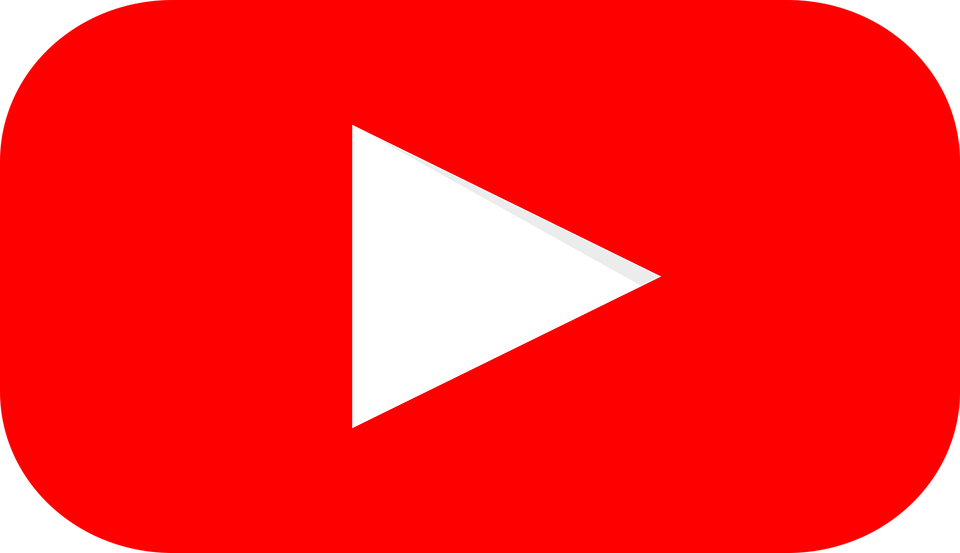This week in class we were tasked with choosing something that changed the way people communicate. I chose the printing press. The printing press is a device that allows for the mass production of texts, whether that be books, pamphlets, or even newspapers. According to
History.com, an early version of the printing press dates back all the way to around 868 AD in China. However, the printing press was not perfected until 1450 by Johannes Gutenburg.
Johannes Gutenburg
Johannes Gutenburg was a goldsmith and inventor born in Mainz, Germany around 1395. While he did not perfect the printing press until 1450, he began working on his invention many years prior. Gutenburg created only one book, a Bible. Today, it is commonly referred to as the Gutenburg Bible. He created around 180 copies of the Bible, with each one being slightly different from one another.
How it Works
To make the letters, metal was poured into individual molds. Once the metal was cooled, rods were attached to each letter. The rods could then be arranged and rearranged to form different words and sentences. Paper was clamped by the press, and the letters were pressed into the paper. While this may seem like a tedious process by today's modern standards, the printing press was a huge step in innovation. Prior to Gutenberg's invention, texts were often hand-copied, which took exponentially more time than the printing press. Clearly, the printing press was the most efficient way to mass-produce books, pamphlets, etc.
Impact
The creation of the printing press increased the spread of ideas. It allowed for literacy rates to increase and higher education rates. The printing press also helped ordinary people gain information. It was no longer just the wealthy that were able to learn and read about new innovations. It was able to bridge the gap on a variety of levels. Additionally, the printing press allowed for the creation of the first newspaper, which is still a prevalent mode of communication today.
Concluding Thoughts
Clearly, Johannes Gutenberg created something that transformed the distribution of information and knowledge. The printing press was revolutionary. It allowed for lower-income individuals to have access to information that once was only available to the wealthy. Without the creation of the printing press, we may not have things like newspapers today. Next time you pick up a book, a newspaper, or even a flyer, think about Johannes Gutenberg and how far technology has come. We should all be thankful for his innovation and creativity.
Sources:
1.
https://www.history.com/topics/inventions/printing-press
2.
https://www.history.com/news/7-things-you-may-not-know-about-the-gutenberg-bible
3.
https://www.biography.com/inventor/johannes-gutenberg
4.
https://www.howitworksdaily.com/see-inside-the-gutenberg-printing-press/
5.
https://www.britannica.com/technology/printing-press








